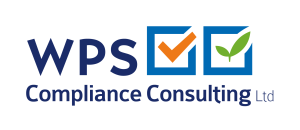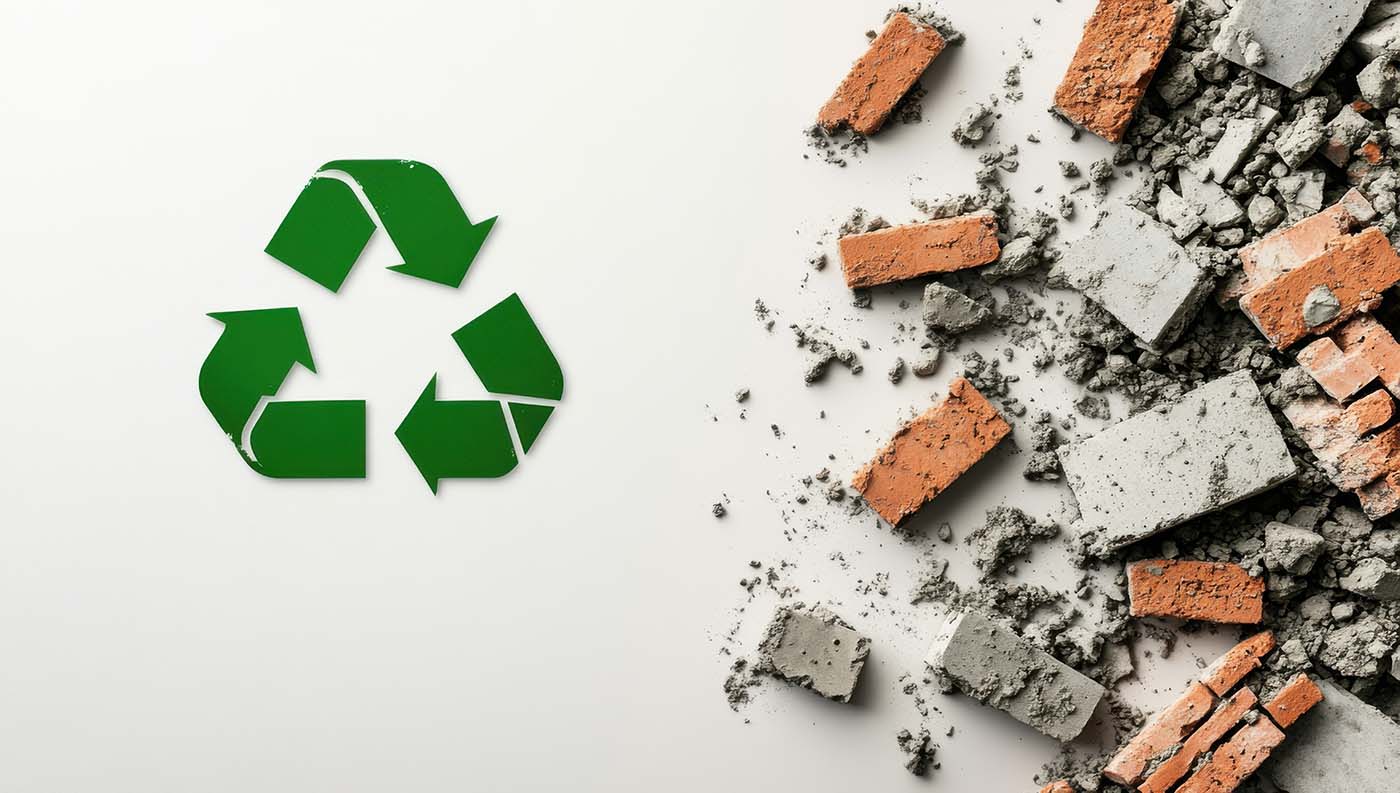As the construction industry places increasing emphasis on sustainability, environmental compliance, and cost efficiency, Pre-Demolition Audits have become a vital part of responsible demolition planning. These audits help identify recoverable materials, reduce waste, prevent environmental harm, and support the circular economy — all before the first wall comes down.
Here’s a step-by-step guide on what to expect during a pre-demolition audit, who should be involved, and the tools and techniques that make the process effective.
What Happens During a Pre-Demolition Audit?
A pre-demolition audit is a structured review of all materials within a building scheduled for demolition. It aims to:
- Identify materials suitable for reuse or recycling
- Highlight hazardous substances requiring specialist removal
- Ensure compliance with waste management legislation
- Support cost-effective and environmentally responsible demolition
Step 1: Preliminary Site Assessment
- A site visit is arranged to inspect the building and surrounding area.
- Auditors gather baseline information: building use, age, structure type, previous renovations, and presence of hazardous materials.
Step 2: Desk-Based Review
- Historical records, architectural plans, and environmental reports are reviewed.
- Previous surveys (e.g., asbestos, contamination) are considered.
Step 3: Material Inventory Compilation
- On-site inspections are conducted to catalogue all materials in the structure:
- Structural elements (concrete, steel, timber)
- Finishes (flooring, tiles, plaster)
- Fixtures and fittings (doors, lighting, sanitary ware)
- Hazardous materials (asbestos, lead, insulation types)
Step 4: Waste Categorisation
Materials are sorted by:
- Reusable (e.g., bricks, timber, metal beams)
- Recyclable (e.g., concrete, plasterboard)
- Hazardous (e.g., asbestos, treated wood, WEEE waste)
- Residual waste (materials with no recovery value)
Step 5: Recommendations and Reporting
A comprehensive report is compiled, typically including:
- Inventory of materials and estimated quantities
- Suggested reuse, recycling or disposal methods
- Environmental and cost-saving opportunities
- Legal compliance recommendations
This report forms the basis for sustainable demolition planning and compliance with environmental regulations and planning conditions.
Who Should Be Involved in the Process?
Effective pre-demolition audits are a collaborative effort. Here’s who should be at the table:
- Audit Professionals – Environmental consultants like WPSCC Ltd, who bring technical knowledge and regulatory expertise.
- Demolition Contractors – Involved in planning and executing the demolition. Input is essential to assess feasibility of material separation and recovery.
- Client/Developer – Responsible for commissioning the audit. Their goals (cost savings, sustainability ratings, planning conditions) guide the scope.
- Site Manager or Building Facilities Team – Provide insights into building systems, materials, and access for inspections.
- Waste Management Experts – May be consulted to plan disposal routes or recovery options for specific materials.
- Local Planning Authority (if applicable) – May require a pre-demolition audit as part of planning consent or environmental conditions.
Tools and Techniques Used in Pre-Demolition Assessments
Accurate assessments rely on the right tools and methods. WPSCC employs a range of industry-standard techniques to ensure audits are thorough, compliant, and useful.
- Photographic Surveys – Used to document conditions and materials, with photo logs included in reports.
- Building Plans and 3D Modelling – Blueprints, BIM models, and CAD drawings help map materials and structural components.
- Material Sampling – For suspected hazardous materials, testing is arranged (e.g., asbestos, lead-based paint).
- Digital Inventory Tools – Auditors use tablets or laptops to input findings directly into inventory software, improving accuracy and speed.
- Regulatory Checklists – Audits are benchmarked against waste regulations, environmental standards, and circular economy targets to ensure legal compliance.
Why a Pre-Demolition Audit Matters
Carrying out a structured pre-demolition audit helps businesses:
- Reduce waste and disposal costs
- Identify and recover valuable materials
- Meet sustainability targets (e.g., BREEAM, circular economy objectives)
- Comply with planning conditions and waste regulations
- Avoid fines or project delays caused by non-compliance
How WPSCC Ltd Supports You
At WPS Compliance Consulting Ltd, we provide:
- Tailored Pre-Demolition Audits for all building types
- Construction Environmental Management Plans (CEMP)
- Site Waste Management Plans (SWMP)
- Hazardous Waste Assessments
- Material Recovery Advice
- Regulatory Support and Planning Consultation
With demolition comes great opportunity — for savings, sustainability, and innovation. Make the most of your project with a pre-demolition audit conducted by the experts.
📞 Call us on 01604 859961
🌐 Visit www.wpsccltd.co.uk


